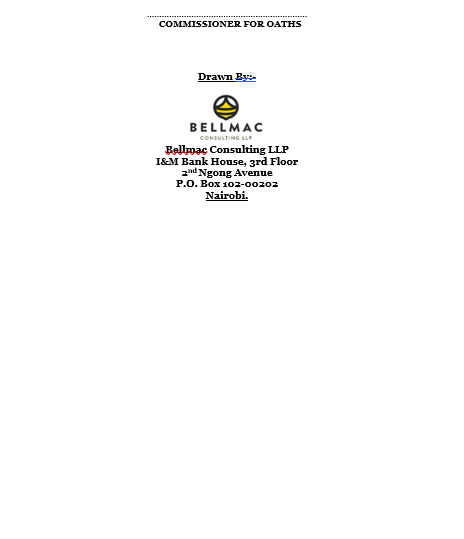Key components of a Letter of Pledge typically include; Names and contact details of the pledgor and the pledgee, A detailed description of the assets being pledged, such as property, shares, equipment, or other valuables, The reason for the pledge, often related to securing a loan, line of credit, or other financial obligations, Specific terms under which the pledge is made, including the duration of the pledge and conditions for the release of the pledged assets, Responsibilities of the pledgor, such as maintaining the pledged assets and not encumbering them with other obligations, Rights granted to the pledgee, including the ability to seize and sell the pledged assets if the pledgor defaults on the obligation, Conditions under which the pledgor is considered to have defaulted and the resulting actions the pledgee can take, Jurisdiction under which the letter of pledge is governed and any legal considerations.
A Letter of Pledge provides security for the pledgee by ensuring that there are tangible assets backing the pledgor’s commitments. It also formalizes the arrangement, protecting both parties’ interests and providing a clear course of action in case of default.


